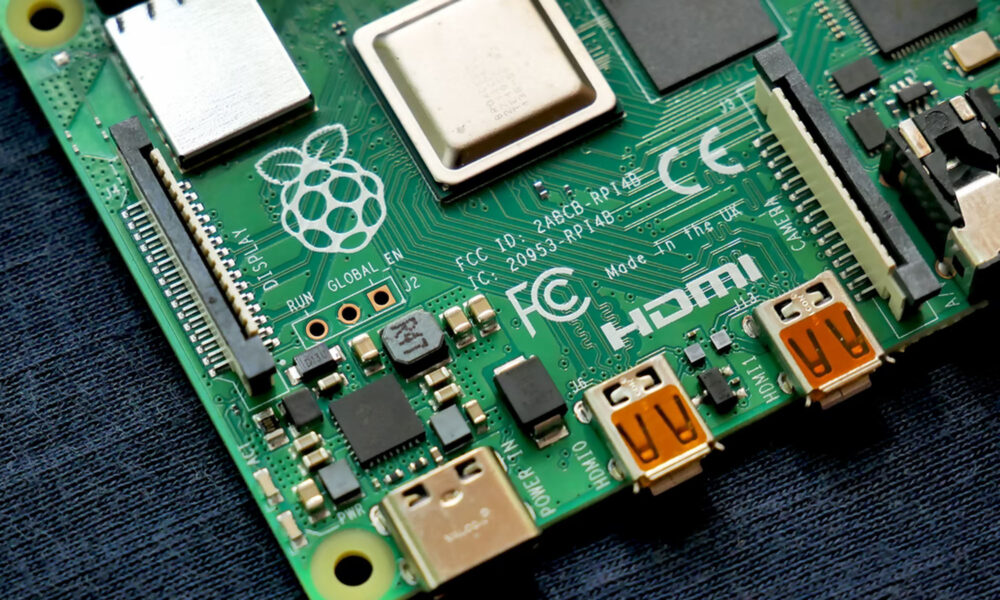How-To
How To Custom Design Home Electronics
These are the basic skills you need in order to build and program your own devices.

Tech enthusiasts have gotten a lot more independent in recent years. It’s become easier to download software and make adjustments in order to configure our devices the way we want them. Many have learned how to build their own websites, construct mobile apps from scratch, or otherwise experiment with coding and programming languages. Even when it comes to hardware and electronics, people have gradually become comfortable with buying, customizing, and setting up products to better their environments. This is what’s ultimately leading to the rapid rise of smarthomes, as well as some other changes that amount to tech improving and automating our environments.
All of these are changes we don’t really think about. We advance with technology, and as technology gets a little bit easier in some respects, we get more comfortable with tailoring it to our needs. What takes a little bit more know-how and conscious intent, however, is designing your own electronic products. This too, however, is becoming a more common hobby among tech enthusiasts. So, while we aren’t writing up a step-by-step tutorial for any specific product here, we thought we’d cover some of the basic skills you need in order to build and program your own devices.
Learn Arduino
Arguably the most straightforward way to design your own home electronics is to learn how to use Arduino. If you’re not familiar with the term, this is essentially a kit consisting of both hardware components and accompanying software. It amounts to a sort of circuit board or miniature computer that you can configure and program as you please so as to design one function or another. One common example of an Arduino project is an LED display that will pulse to the rhythm of music.
Another is a digital clock that will tell you the temperature outside. Eventually though, people skilled in Arduino take on more complicated projects as well. The bottom line is that this is likely the simplest path toward custom home electronics for those who don’t have programming and/or electrical engineering experience.
Learn PCB Design For Manufacturing
If you want to take a slightly more advanced and robust approach to the general Arduino concept, it’s also wise to learn the fundamentals of PCB design. PCBs, or printed circuit boards, are the driving forces within our electronics that turn our own interactions into electronic responses. And today, once you learn the basics, you can dive into PCB design for manufacturing, which is a process that takes you from concept to product.
You’ll learn gradually how to select materials, configure layouts and schematics through software, and ultimately have a PCB produced to serve whatever purpose it is you have in mind. Such a device can power any number of home electronic mechanisms you may have in mind.
Learn 3D Printing
Moving away from the actual programming of electronics, it’s also handy to learn the basics of 3D printing. This essentially means learning the different specific methods, the materials involved, and the different ways to bring a product into existence. You’ll also need to find design software you’re able to use, and/or a reliable library of downloadable designs (there are many) you might want to borrow from. Once you get the hang of all this — and get your hands on a 3D printer — you’ll vastly expand your capability to design entire devices rather than just their internal electronics. Through 3D printing, you can build the products within which your Arduino or custom-manufactured PCB will operate.
Learn How To Shop For Parts
This is a little bit less of a “skill” in some respects, but it’s also a good idea to gain some experience shopping for tech products and obscure parts online. You may be surprised just how often this sort of activity comes up when you’re designing your own electronics. You may reach a point at which you need to track down a specific switch, a certain type of LED light, or any number of other things that aren’t available on mainstream retail sites or at the local electronics store.
In these cases, you can have your best luck at resale platforms, through more obscure electronics sellers, and so on. However, you also need to be sure that you’re dealing with trustworthy platforms! For these reasons, practice and research really are needed. Talk to others who dabble in similar hobbies, read about different platforms, and maybe try a few minor purchases, and in time you’ll have a stable of reliable, go-to options you can keep on standby.
With all of this knowledge and skill in hand, it really just comes down to creativity, research, and perseverance. You can access the tools and resources today to develop all sorts of home electronics, including some pretty sophisticated products. You only need to develop the skill and do the work to make it happen.